#glauerts seadragon
Text
🐾 animal of the week: Phycodurus eques
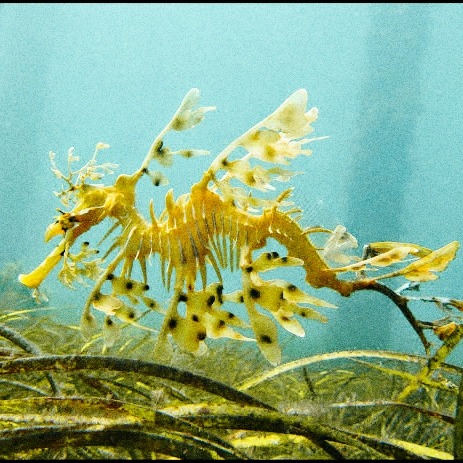


aka. Glauert's seadragon, leafies. found along the southern and western coasts of Australia, with long leaf-like protrusions coming from all over its body.
#phycodurus#phycodurus eques#leafy sea dragon#sea dragon#sea dragons#animal of the week#animal#animals#marine animals#marine animal#sea animal#sea animals#glauerts seadragon#sea#marine#ocean#leafies#leafy
5 notes
·
View notes
Text
Creature Awaits #197
Each week I plan to feature an amazing creature, admiring God's fantastic artistry. Hopefully it’ll brighten someone’s day to see something new and interesting if they haven’t seen it before. : )
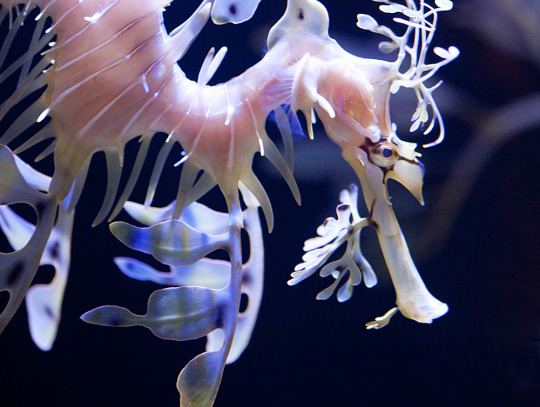

(Stunning photographs taken by the talented, Nathan Rupert (CC BY-NC-ND 2.0 (cropped for format)))
The Leafy Seadragon
A.K.A: Glauert's Seadragon
Scientific Name: Phycodurus eques
Region: Along Australia's southern coast
Size: Roughly 8"-9 1/2" (~20cm-24cm) long
Interesting Notes: In addition to its obvious seaweed-mimicking appendages, this beautiful seadragon can also shift its color to blend in even more seamlessly; however, this ability can be hampered by its current diet, age and level of stress.
#creatureawaits#Leafy Seadragon#Glauert's Seadragon#Phycodurus eques#Australian wildlife#fantastical creatures#beautiful animals#bizarrely beautiful#mesmerizing#animal camouflage
1 note
·
View note
Text



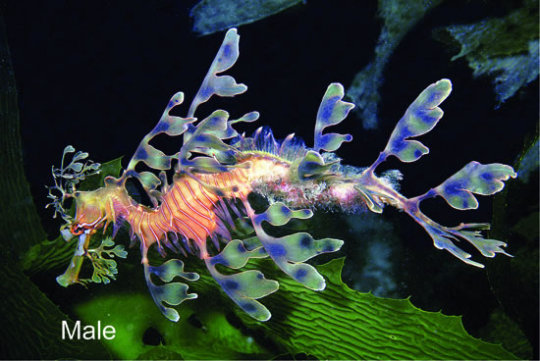


Leafy Sea Dragon (Phycodurus Eques)
The leafy seadragon (Phycodurus eques) or Glauert's seadragon, is a marine fish. It is the only member of the genus Phycodurus in the family Syngnathidae, which includes seadragons, pipefish, and seahorses.
It is found along the southern and western coasts of Australia. The name is derived from their appearance, with long leaf-like protrusions coming from all over the body. These protrusions are not used for propulsion; they serve only as camouflage. The leafy seadragon propels itself by means of a pectoral fin on the ridge of its neck and a dorsal fin on its back closer to the tail end. These small fins are almost completely transparent and difficult to see as they undulate minutely to move the creature sedately through the water, completing the illusion of floating seaweed.
Popularly known as "leafies", they are the marine emblem of the state of South Australia and a focus for local marine conservation.
Leafy sea dragons are found on the shores of southern Australia, usually between Adelaide and Perth, hiding in seaweed, commonly in water 4-15 meters deep, but have been found deeper. The water temperature is 19 Celsius in the summer, 14 in the winter. The close relative of the leafy sea dragon, the Weedy sea dragon, is found more around Sydney, Melbourne and Tasmania - especially Sydney.
31 notes
·
View notes
Photo


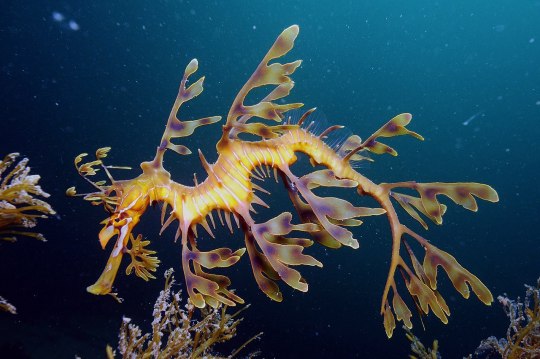


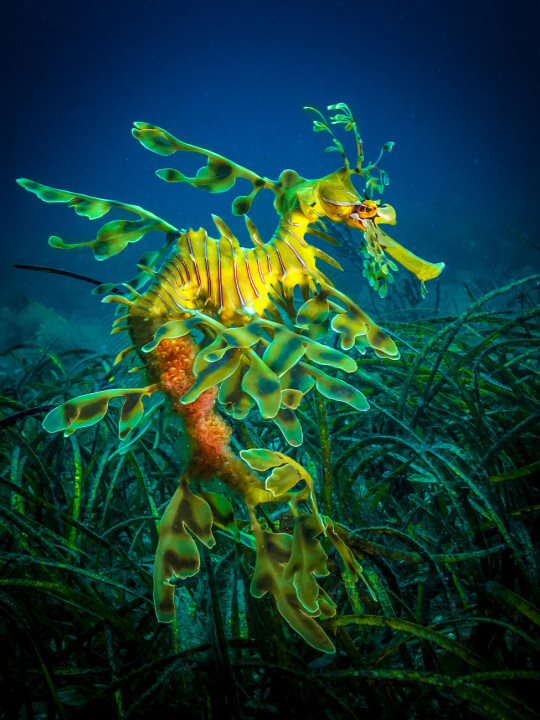
The leafy seadragon, also known as Glauert's seadragon or simply the leafie, is is a marine fish in the family Syngnathidae, which includes seadragons, pipefish, and seahorses, and is the only living member of its genus Phycodurus. They are native to the waters of the southern and western coasts of Australia where they tend to be found in sea grass meadows, sandy areas, and kelp forests up to 150ft in depth. They live alone or in pairs and feed by sucking up small crustaceans, such as amphipods and mysid shrimp, plankton, and animal larvae through its long, pipe-like snout. Sea dragons are themselves preyed upon by other fish, crustaceans and even sea anemones. Reaching 8 to 10inches (20 -25 cms) in length, there name is derived from the appearance, with long leaf-like protrusions coming from all over the body. These protrusions are not used for propulsion; they serve only as camouflage. The leafy seadragon propels itself by means of a pectoral fin on the ridge of its neck and a dorsal fin on its back closer to the tail end. These small fins are almost completely transparent and difficult to see as they undulate minutely to move the creature sedately through the water, completing the illusion of floating seaweed. In addition leafy sea dragons can change there coloration to better match there surroundings. As with other seahorses & pipefish, the male leafy seadragon cares for the eggs. The female produces up to 250 bright pink eggs, then deposits them onto the male's brood patch with her ovipositor, a long tube. After 9 weeks, the eggs turn a bright purple and begin to hatch, leaving the male to birth the young a few at a time over a period of 24-48 hours. Once born, the young seadragon is completely independent, eating small zooplankton until large enough to hunt mysids. Under ideal conditions a leafy sea dragon will reach sexual maturity at around 2 years of age and may live up to ten years.
39 notes
·
View notes
Text
Leafy Sea Dragon
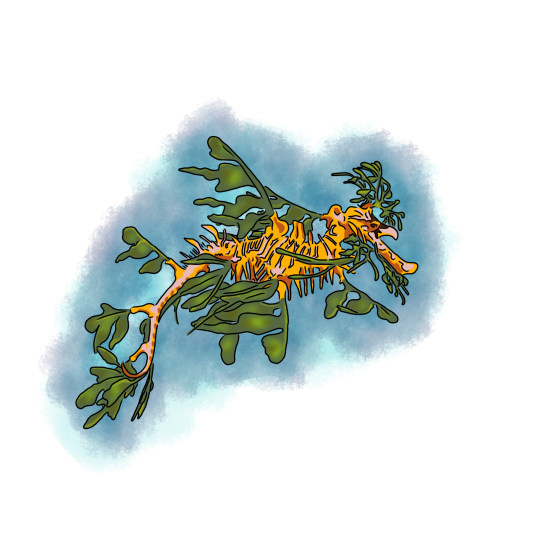
2 notes
·
View notes
Photo

Photo by Karolyn Landat | Info
The leafy seadragon or Glauert's seadragon (Phycodurus eques) is a marine fish in the family Syngnathidae, which includes seadragons, pipefish, and seahorses. It is the only member of the genus Phycodurus and is found along the southern and western coasts of Australia.
The name is derived from the appearance, with long leaf-like protrusions coming from all over the body. These protrusions are not used for propulsion; they serve only as camouflage. The leafy seadragon propels itself by means of a pectoral fin on the ridge of its neck and a dorsal fin on its back closer to the tail end. These small fins are almost completely transparent and difficult to see as they undulate minutely to move the creature sedately through the water, completing the illusion of floating seaweed.
Not to be confused with the weedy seadragon.
#phycodurus eques#leafy seadragon#glauert's seadragon#syngnathidae#seadragon#sea dragon#marine photography#marine biology#Phycodurus
71 notes
·
View notes
Photo

Leafy Seadragon
Requests | FAQ | Ko-fi
#drawing#doodle#leafy seadragon#Glauert's seadragon#snooter#sea life#Australia#ocean#water#not a seahorse!#animal
6 notes
·
View notes
Photo


Leafy Seadragons of South Australia
264 notes
·
View notes
Video
Leafy Seadragon | Phycodurus eques
#leafy#seadragon#leafy seadragon#saltwater#ocean#sea#marine#underwater#undersea#nature#aquatic#aquaria#aquablr#fish tank#fish#tank#Glauert's seadragon
15 notes
·
View notes
Text

Leafy seadragon (Phycodurus eques)
#sea dragon#upl#marine life#Leafy seadragon#Phycodurus eques#Glauert's seadragon#seadragon#marine animals#animals
254 notes
·
View notes
Photo

Leafy Sea Dragon | Photo: NaSser Alomairi. | Flickr |
| Flickr |
The Leafy Sea Dragon or Glauert’s Seadragon (Phycodurus eques), is a marine fish in the family Syngnathidae. The family also includes Sea Dragons, Pipefish and Seahorses. It is the only member of the genus Phycodurus. It is found along the southern and western coasts of Australia. The name is derived from the appearance, with long leaf-like protrusions coming from all over the body. These protrusions are not used for propulsion; they serve only as camouflage.
The leafy sea dragon propels itself by means of a pectoral fin on the ridge of its neck and a dorsal fin on its back closer to the tail end. These small fins are almost completely transparent and difficult to see as they undulate minutely to move the creature sedately through the water, completing the illusion of floating seaweed.
(via The beautiful, magical Leafy Sea Dragon. Photo: NaSser Alomairi on Flickr.)
194 notes
·
View notes
Note
What! Is! The single name! Of leafy seadragons?? Its an actual perfect Leaf/Sea name but?? I cant! Find! Name!

Glauert, apparently. But EPIC.
any aquatic plantlife could work here!
6 notes
·
View notes
Photo



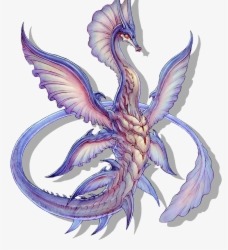
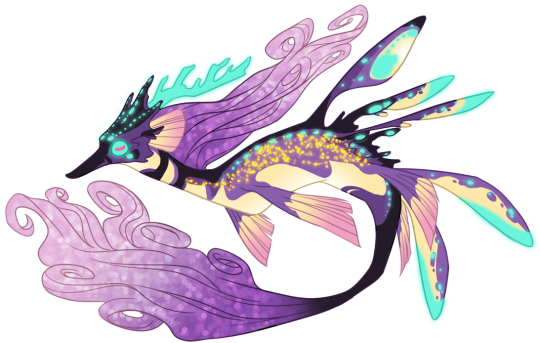




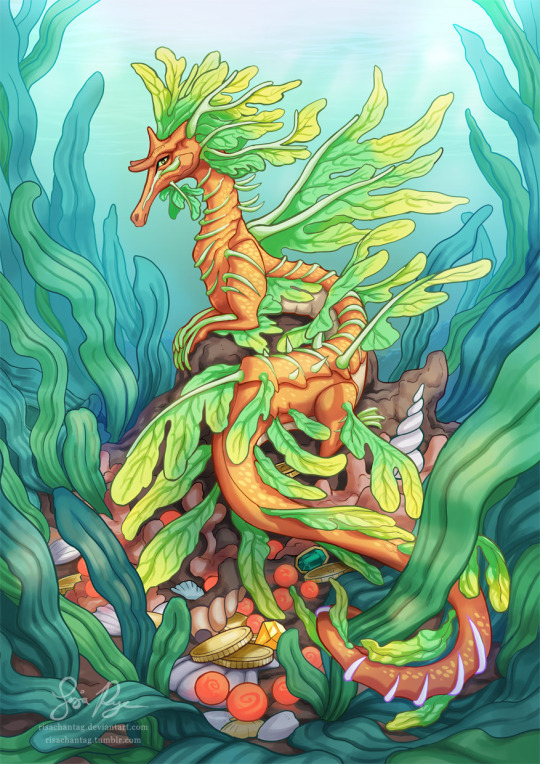
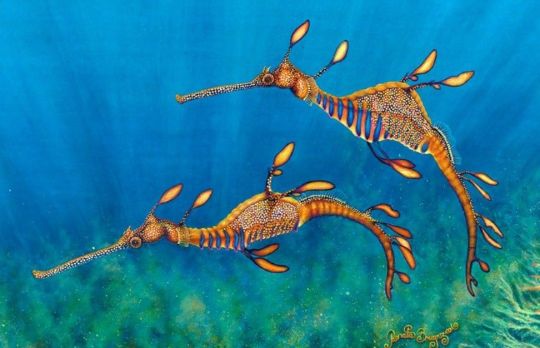



Common/Weedy seadragon
The common seadragon or weedy seadragon is a marine fish related to the seahorses. Adult common seadragons are a reddish colour, with yellow and purple markings; they have small leaf-like appendages that resemble kelp fronds providing camouflage and a number of short spines for protection.




Leafy seadragon
The leafy seadragon or Glauert's seadragon, is a marine fish in the family Syngnathidae, which includes seadragons, pipefish, and seahorses. It is the only member of the genus Phycodurus. It is found along the southern and western coasts of Australia.
seadragons are fish. They are related to seahorses, but rather more flamboyant. Scientists were already familiar with leafy and weedy seadragons. Both are named for fleshy appendages that mimic sea weeds, to disguise them from predators, and are only found off southern Australia.
Josefin Stiller of the Scripps Institute of Oceanography in La Jolla, California and her colleagues took tissue samples from seadragons from this area, and found they weren't quite as expected. Eventually they found that the specimens they were studying had subtly different skeletons, suggesting they belonged to a new species.


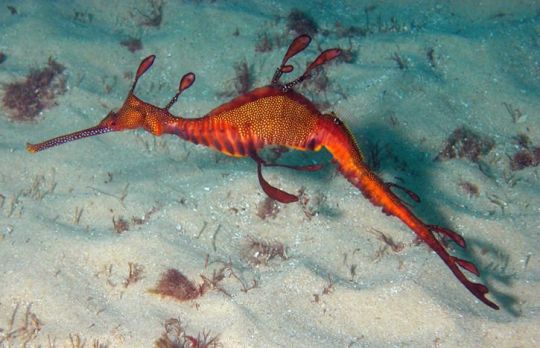
The newest species to science is the ruby seadragon, which was discovered in early 2015.
The ruby seadragon was named for its bright red colour. It may live at lower depths, where red-orange light is rapidly absorbed, making its colour an effective camouflage.
Stiller's team has since examined the records of the Western Australia Museum, and found another specimen that washed up on a Perth beach almost a century ago. The story suggests there are more dragon species to be discovered.
1 note
·
View note
Photo

The leafy seadragon or Glauert's seadragon, Phycodurus eques By: Matt Krumins Matt Krumins Photography
14 notes
·
View notes
Photo

MerMay Day 2 - Seahorse
The maid turned into a horse. Whoops? Leafy Seadragon / Leafy Green Dragon / Glauert's Seadragon (Phycodurus eques). I guess the mermaids could use them as steeds and thus this hippocampus can be part of MerMay
#MerMay#MerMay 2017#hippocampus#leafy sea dragon#leafy green dragon#seahorse#seadragon#steed#mythology
80 notes
·
View notes
Note
papaya, starfruit :+)
Um....my aesthetic is like the entire cursed image twitter and I rly like Glauert's seadragon
0 notes